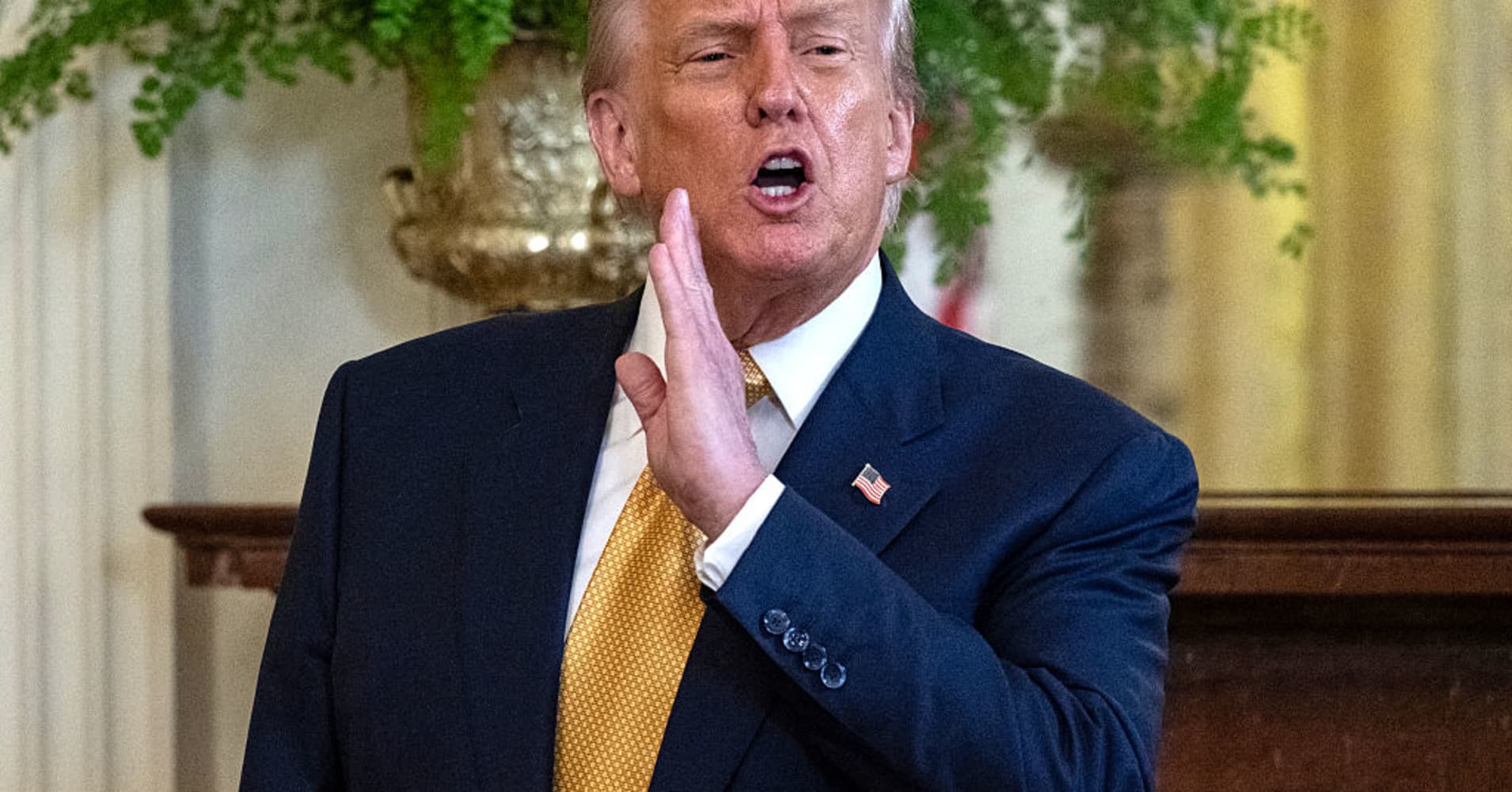Trump Turns to EU After Japan Deal Breakthrough

U.S. Trade Negotiations with the EU Intensify as Deadline Looms
With the August 1 deadline for imposing 30% tariffs on imports from the European Union to the United States fast approaching, U.S. President Donald Trump has shifted his focus to trade negotiations with the EU. This comes after the announcement of a framework agreement with Japan, which has sparked optimism among analysts and market participants.
"We have Europe coming in tomorrow, and the next day, we have some other ones coming in," Trump stated late on Tuesday, though he did not provide specific details about the upcoming discussions. The European Commission has confirmed that EU Trade Commissioner Maros Sefcovic will engage in talks with U.S. Commerce Secretary Howard Lutnick on Wednesday, signaling ongoing efforts to reach a negotiated outcome.
The pressure on both sides to finalize an agreement by the deadline is increasing. The Trump administration has shown no signs of delaying the tariff timeline, despite previous concerns over potential disruptions. If implemented, the 30% tariffs on EU imports could trigger retaliatory measures from Brussels, including additional countermeasures targeting U.S. goods. However, the first round of EU retaliatory tariffs, which currently target $21 billion worth of U.S. imports, remains on hold while further actions are being planned.
The recent U.S.-Japan trade deal has been viewed as a positive development by many experts. Deutsche Bank Research highlighted that the agreement has raised hopes that the EU might also be able to secure a favorable trade deal with the U.S. Katsuhiko Aiba, an economist at Citi, noted that the details of the Japan-U.S. agreement could influence future negotiations with the EU and South Korea. Specifically, he pointed out that the reduction of auto tariffs without any cap on exports from a major car-exporting country may serve as a model for similar discussions with the EU.
The U.S.-Japan deal includes a baseline tariff rate of 15%, with auto levies set to decrease from 25% to this level. This change has drawn attention from analysts who believe the EU may be open to accepting a baseline tariff in exchange for sector-specific exemptions or lower rates. Road vehicles remain one of the top three exports from the EU to the U.S., making this issue particularly significant.
Market reactions to the ongoing negotiations have been mixed. The pan-European Stoxx 600 index was trading 1% higher on Wednesday, with the auto sector seeing gains of around 3.5%. Investors appear to be cautiously optimistic about the potential for a resolution between the EU and the U.S.
While European leaders await updates on trade negotiations, European Commission President Ursula von der Leyen and European Council President Antonio Costa are currently in Asia. They are scheduled to meet Japanese leaders on Wednesday before attending the EU-China summit on Thursday, where trade issues are expected to be a key topic of discussion.
Experts warn that Trump's protectionist trade policies are heightening existing tensions between the EU and China. Beijing is reportedly concerned that the U.S. may push the EU to adopt a stricter stance on Chinese trade practices. In a recent statement, Sefcovic mentioned having "an important video call" with Chinese Commerce Minister Wang Wentao, though no further details were provided.
As the August 1 deadline approaches, the stakes for both the U.S. and the EU continue to rise. The outcome of these negotiations could have far-reaching implications for global trade relations and market stability.